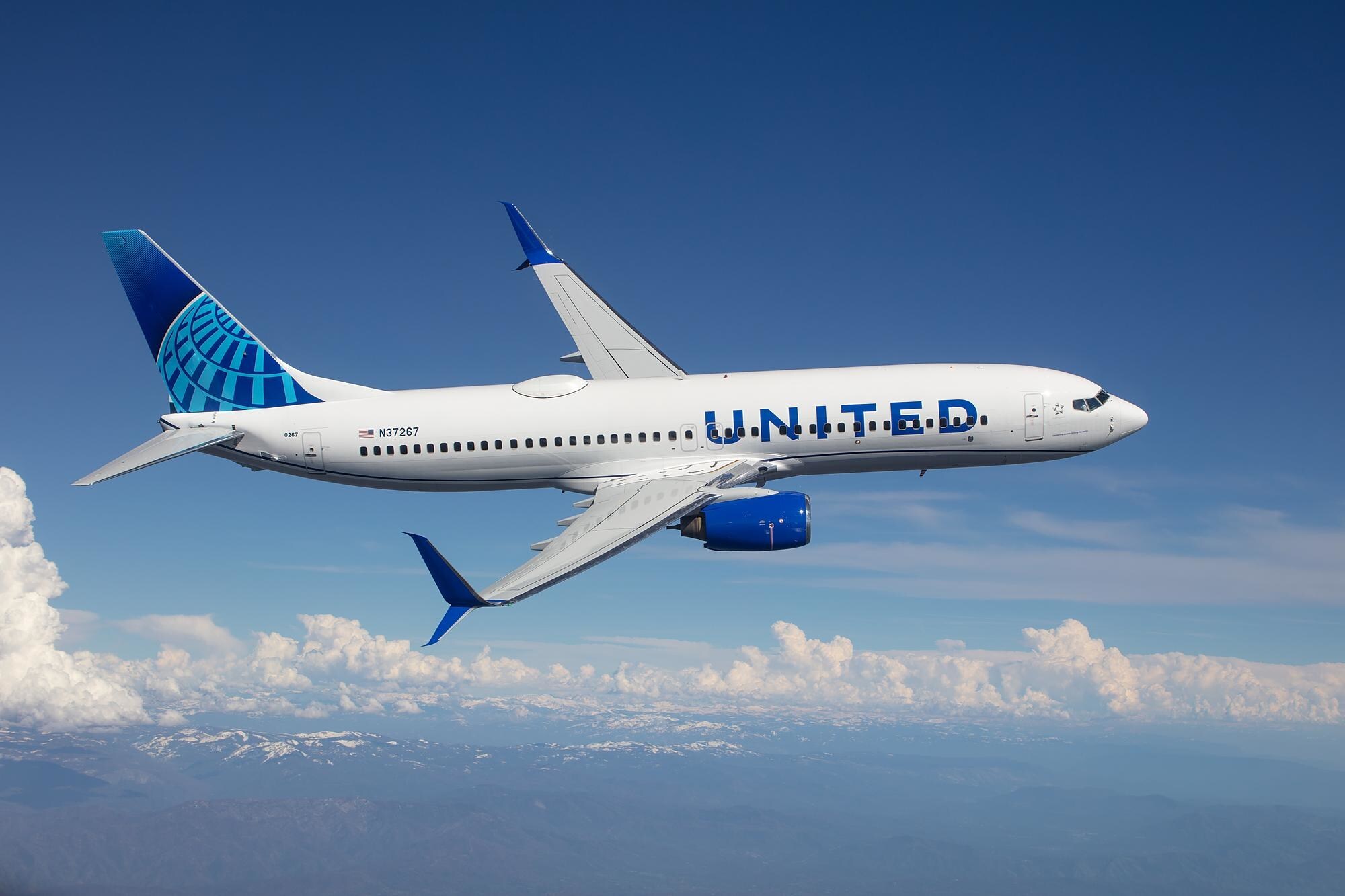United Airlines profits soared in the fourth quarter of 2024, climbing 64.2% from the same period a year prior to $985 million, or earnings per share (EPS) of $2.95. Full year net income climbed 20.3% to $3.15bn, or an EPS of $9.45.
Operating income for the quarter was up 50.6% to $1.5bn, while full year results climbed 21% to $5.1bn. The company’s pre-tax earnings totalled $1.3bn, with a pre-tax margin of 8.9%. Full year pre-tax earnings totalled $4.2bn, with a pre-tax margin of 7.3%.
On the back of its strong results, the company said in an SEC filing it expects an adjusted EPS of $0.75 to $1.25 for the first quarter and an EPS of around $11.50 to $13.50 for the full year. The quarterly outlook is “well ahead” of Bank of America analysts’ outlook of $0.75 as well as “nearly double” Wall Street consensus of $0.55 per share. Adjusted total capital expenditure for the full year is estimated to be below $7bn.
TD Cowen analysts Tom Fitzgerald and Helane Becker said: “We view this guidance in the face of the run up in fuel as emblematic of the strength of United’s revenue model.” However, the analysts felt that the company’s full year guidance seems “conservative” compared to the company’s strong momentum.
“United had a unique strategy coming out of COVID and our people have delivered for customers leading to a structurally and permanently changed industry,” said United Airlines CEO Scott Kirby. “2024 was a strong year across the board for United as we’ve become the leading global airline as we enter 2025 with demand trends continuing to accelerate which puts us on the path to double-digit pre-tax margins.”
A United executive during its earnings call said: “United’s plan during the pandemic was to double down on international flying and it has proven to be the right move.”
Revenues for the quarter were up 7.8% to $14.7bn and up 6.2% for the year to $57.1bn. Passenger revenues for the quarter totalled $13.3bn, up 6.9%; cargo revenues were up 29.6% to $521 million; and other operating revenue climbed 12% to $899 million. The company added that its loyalty revenues grew at a “healthy pace” in 2024 at 12%, with co-brand spend up 9%.
United Airlines’ unit revenues were “positive in all international regions”, said BofA analyst Andrew Didora, particularly in transatlantic routes and domestic down around 2%. Didora reiterated BofA’s buy rating on United.
For the full year, passenger revenues climbed 5.7% to $51.8bn; cargo revenue was up 16.6% to $1.7bn; and other operating revenues were up 9.9% to $3.5bn.
During the fourth quarter, the airline took delivery of five MAX aircraft, 14 A321neo aircraft, and three 787. For 2025, United CFO Michael Leskinen said the company plans to take delivery of 71 narrowbody aircraft and 10 widebody aircraft. “We had been planning for approximately 100 narrowbody aircraft deliveries in 2025, but due to the OEM production delays, we are planning for less,” said Leskinen. “This leads to our expected full year capex spend to be below $7bn which is below the low end of our $7 to $9bn multi-year guidance.”
The company said that 2025 will be a “pause year” with its margin acceleration expected to kick in 2026 and 2027, driven by high margin narrowbody aircraft deliveries. Executives in a call clarified the MAX 10 will prove important to United, with the company “becoming more bullish on the MAX 10”.
Operating expenses for the quarter totalled $13.2bn, up 4.5%, while the annual operating expenses climbed 5% to $52bn.
During the quarter, fuel costs fell 19.3% to $2.7bn and fell 7.1% in the year to $11.8bn. Aircraft rent expenses fell 2% both in the quarter and full year to $45 million and $193 million, respectively. Salaries and related costs climbed over 12% in the quarter and full year to $4.3bn and $16.7bn, respectively. Cost per available seat mile (CASM) was down 1.6% to 16.85 cents in the quarter, and down 1.7% in the full year to 16.70 cents.
Passengers climbed 6.1% to 44.3 million during the fourth quarter and 5.3% to 173.6 million in the full year 2024. This was driven by capacity increasing 6.2% and 6.8% in the quarter and full year, respectively, along with 1,406 aircraft in its fleet at the end of the year, compared to 1,358 at the end of 2023. In addition, corporate revenue was up 7%, premium passenger revenues were up 10%, and basic economy was up 20% in the quarter compared to fourth quarter 2023. Executives said they remained confident in premium cabin booking trends.
Executives added in the call that while they “don’t intend to change” the basic economy product over the next year, United remains “incredibly happy with the effectiveness” of the product.
The company said it plans to moderate its Pacific capacity grow for the first half of 2025 to allow for capacity added last year to mature this year. During the call, United executives said: “International margins are higher, but we think they still have room to expand, particularly by making the off peak periods better. There is still an opportunity on international. There's also a bigger opportunity on domestic.”
Kirby said the company is confident in its capacity position at big airport despite potential competition from low-cost carriers.
“I just don't see how it's possible to be a low-cost carrier and fly profitably to New York airports, or Chicago or Los Angeles or San Francisco,” said Kirby in the earnings call. “The business model just doesn't work because the governments in those entities have priced low-cost carriers out of the market. Every airline with low margins, who don't look like Delta and United, has unprofitable capacity. The only way to solve that is not to fly it. That doesn't mean they'll do it overnight. There will be some ups and downs along the way. There will be ego involved in that. But ultimately, it is math and it is going to come out because it cannot be profitable.”
United’s load factor was flat in the fourth quarter at 82.3%, and down 0.8 percentage point to 83.1% for the full year. Domestic load factor fell 1.6 percentage point in the quarter to 83.9% and was flat in the full year at 85.1%. International load factor was up 1.9 percentage point to 80.3% and down 1.8 percentage point to 80.6% in the full year.
The airline generated an operating cash flow of $9.4bn and a free cash flow of $3.4bn. United said in its earnings call it is targeting a free cash flow of around $3.4bn in 2025.
United ended the year with a total debt, finance lease obligations, and other financial liabilities of $28.7bn and an available liquidity of $17.4bn. United’s net leverage was 2.4x.

